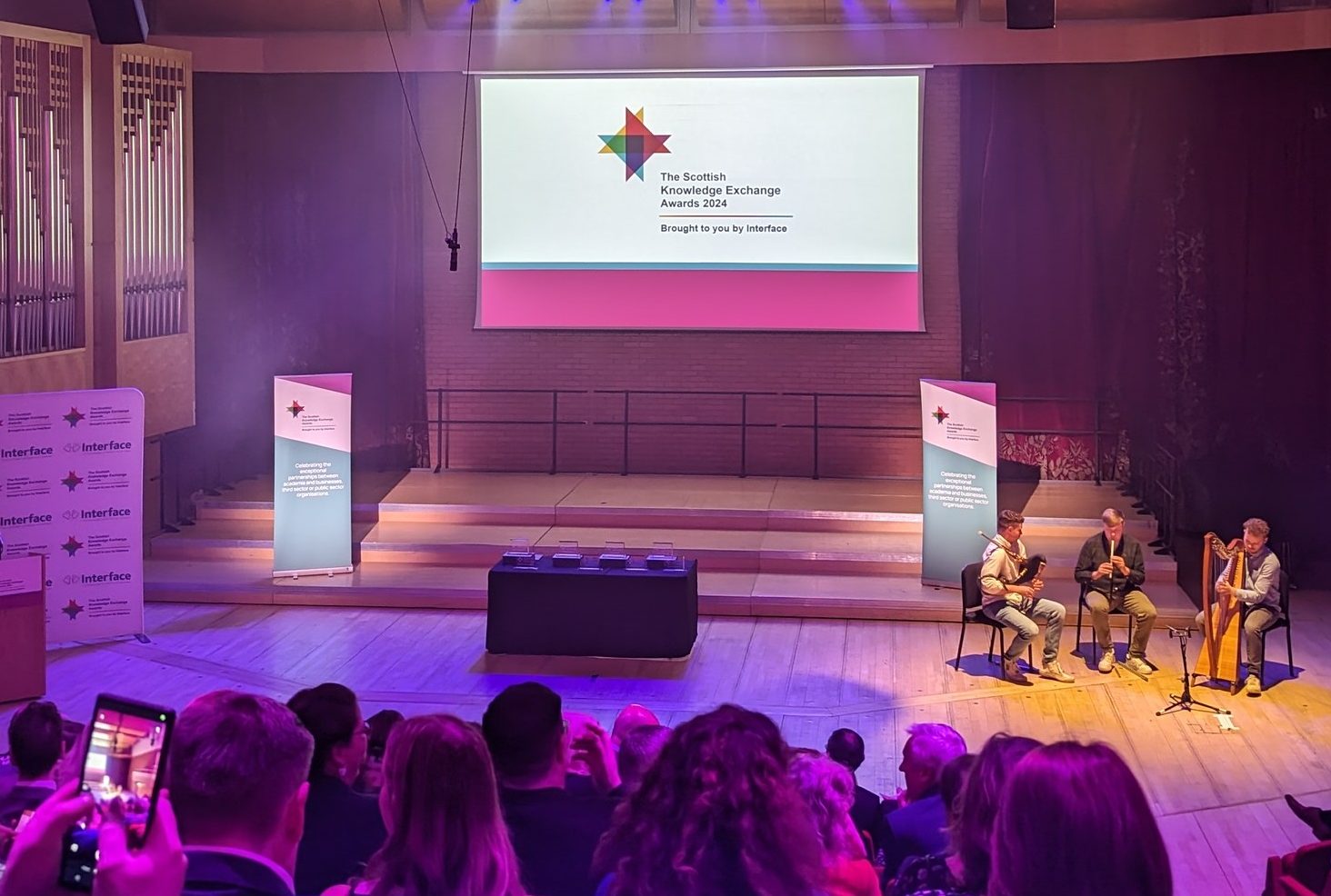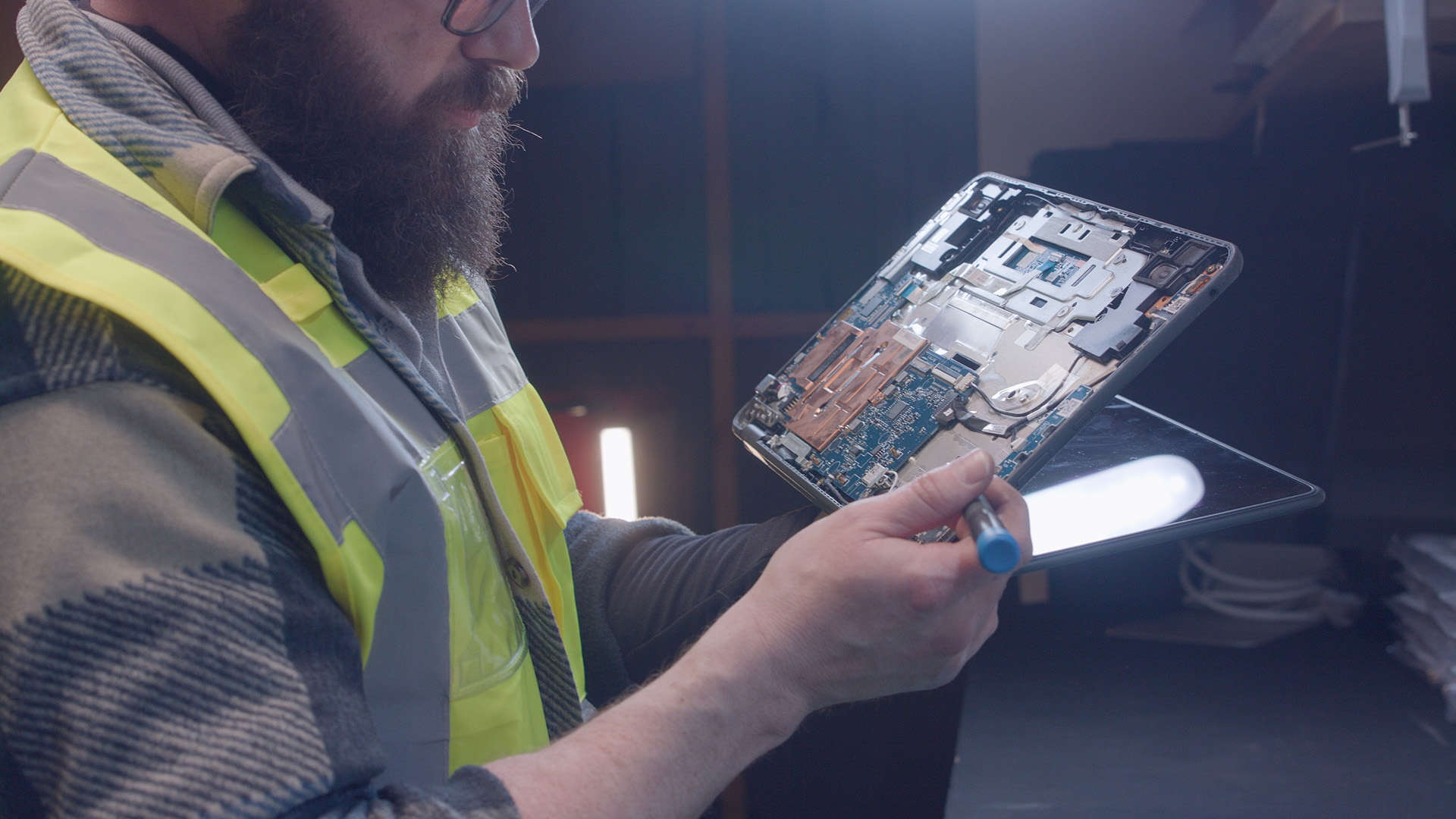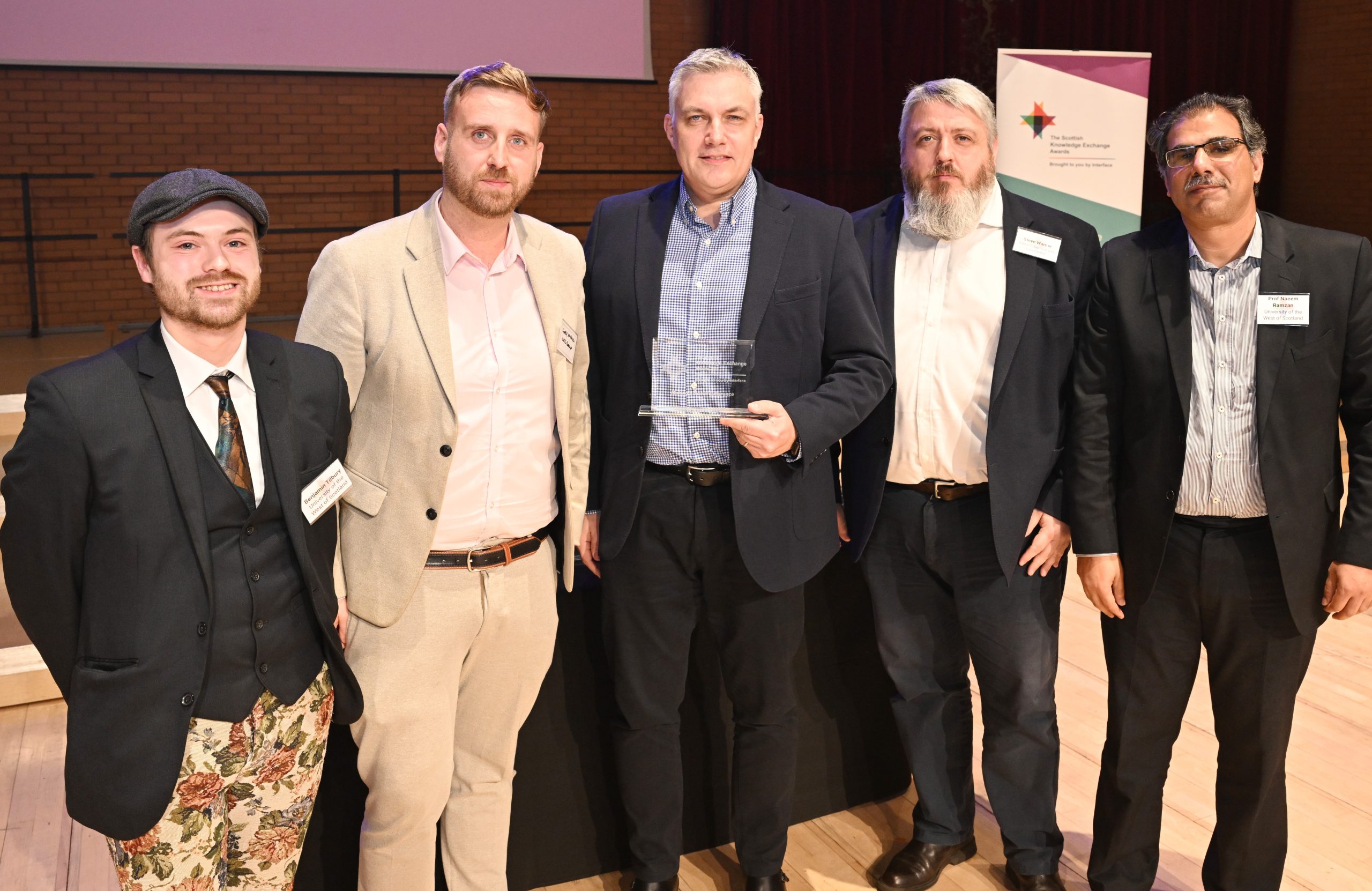Blog
Appetite growing for food tourism

Food and drink are at the very core of the tourism product and destination. Food is tangible in its texture, colours and composition, however, it is its intangibility that completes its appeal to the food tourist. Food is flavours, smells and scents. Food is culture. Food is connection to places, landscapes and people. Food is social and sociable. In short, food is far more than functional: it’s pleasure, and should be delight. Finally, food is memories, souvenirs and gifts.
Most tourists will be at some point be involved in a food-tourism related activity. This might be incidental, for example going to the Loch Lomond and the Trossachs National Park, to find that the farmers market is on. Or it may be I choose to go to a particular place because of its food. For example, the reputation of the Oban Seafood Hut guided my choice of a short break, along with the opportunity to visit the distillery (and do a sea excursion to see puffins).
During my time at the Moffat Centre as a consultant, one of the most enjoyable projects I worked on involved organising an international learning journey to a food destination. Galicia was eventually chosen as food and chefs were very much the engines driving the region’s regeneration, brand and international exposure. We spoke to chef Marcelo Tejedor, were taken round the Abastos Market by the manager, participated in a staged performance of the queimada (an alcoholic punch), toured a winery, and, of course, sampled local delicacies (percebes). We viewed, tasted, smelled, touched, breathed and talked about food for a concentrated couple of days: we were food tourists at the extreme of the food tourism spectrum. We had intentionality and purposeful interest in discovering and exploring foodways, but also how these linked with product innovation, destination image and reinvention of authenticity.
Now, as a Lecturer in Tourism at Glasgow Caledonian University, I discuss food at the destination level, not only as product, but also as experience – both in the destination and online. Because food is colour and texture, even when it is filmed or photographed, we get a sense of taste and smell which explains its great popularity on media, from tv programmes to Instagram and Pinterest, and obviously destination websites. Because food is culture, food provides distinctiveness and competitiveness on the global map of tourism. Food makes for great storytelling connecting local places, cultures, identities and histories with visitors. Food provides an opportunity to uncover and showcase the many facets of a destination, from the food craftsmen and producers to the different foods a destination has to offer (from Scottish to Indian and Italian). Food is innovation (e.g. new seaweed products) as well as reinvention (as we can see with gin, craft beers and cheeses). Food is fashion and trends. Food is experience and experiential. However, the food we consume as food tourists involves a multiplicity of actors and aspects: farmers and manufacturers, distribution and supply chain, packaging and nutrition, circular economy and waste. They are the not necessarily visible unsung actors of food tourism.
Students often provide recommendations that concern food within the ‘consultancy’ projects/co-design with clients. For example, many groups of undergraduate students doing a project for Go Rural looked at international agritourism destinations that demonstrated best practice in the delivery, capacity building and promotion of their destination’s food. Masters students were tasked with providing recommendations to develop student-oriented products within the Byres Road area of Glasgow for the then Glasgow City Marketing Bureau. Student dissertations have focused on a variety of food-related aspects, from chefs’ perceptions of waste to consultancy-type dissertations looking at evaluating the online training for Resource Efficient Scotland.
So, food tourism… it has come to the fore in Scotland in recent years, and the food offering is better than ever. VisitScotland and Scotland Food and Drink are working together which makes sense given many of their aims and objectives are aligned. However, there is still scope for improvement on the ground: who hasn’t visited an attraction where the food was a disappointing experience that tainted the rest of the visit?
Food and tourism encompass every industry – and we all have a role to play, not only as educators, producers, manufacturers, or marketers – but also as consumers and tourists in our own backyard.



